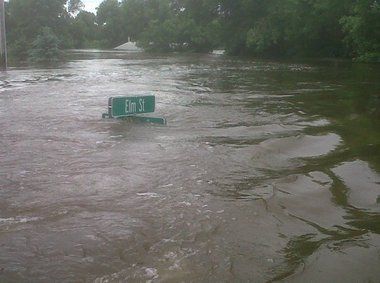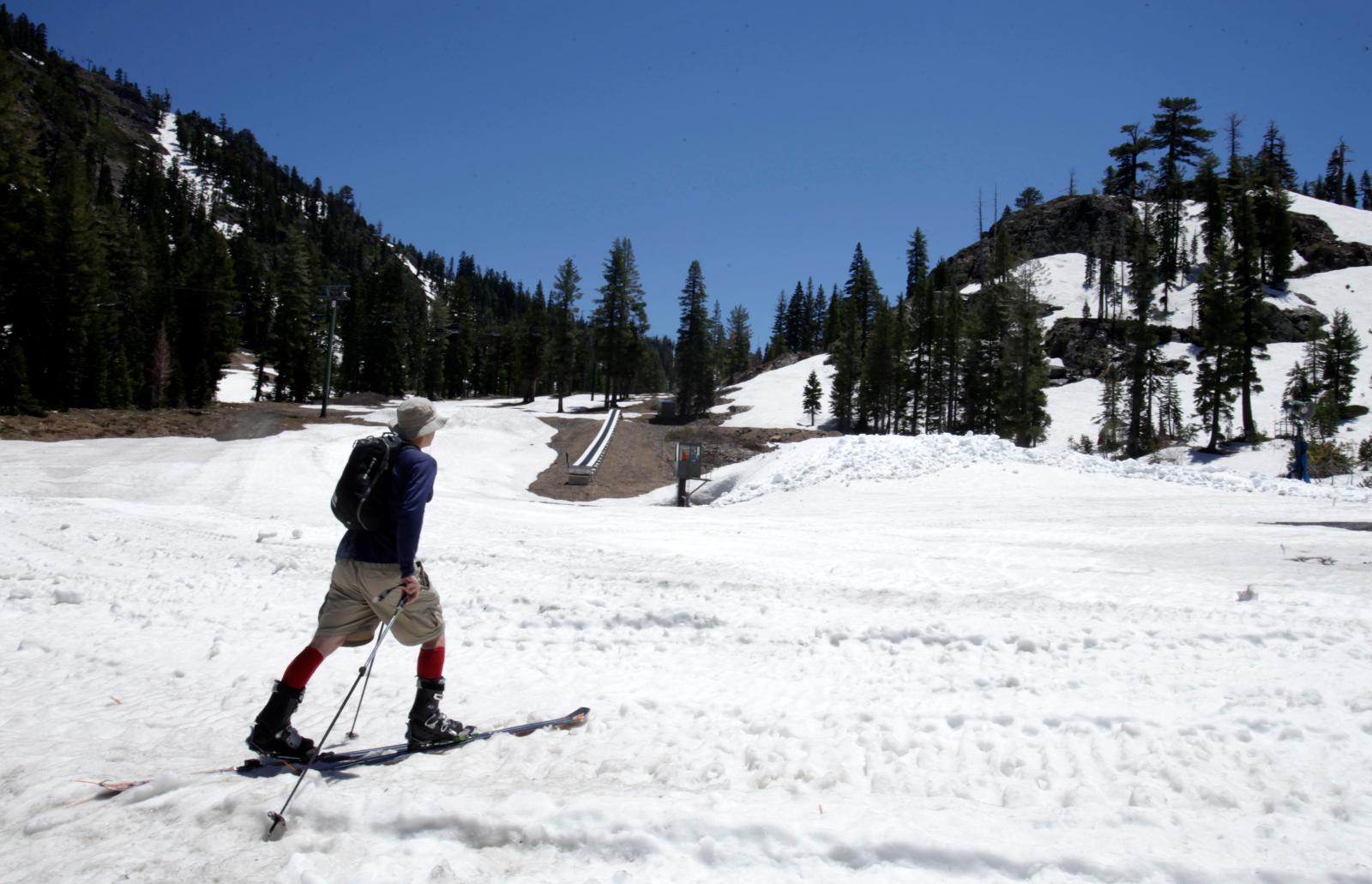
© Photo by Rich Wisniewski/KMOT-TVFloodwaters inundate a street in Burlington, N.D., a town a mile east of Minot. Burlington was one of the first towns to get hit by the historic floods in North Dakota, according to Rich Wisniewski, a Gloucester County native who works for a TV station in Minot.
One hundred fifty-eight.
Up until recently, that's all Minot, North Dakota, was to Rich Wisniewski. A number.
For about eight years, he'd wanted to be a TV reporter, so, following the advice of his boss at NBC 10 in Bala Cynwyd - where he'd been interning for a year and a half - Wisniewski last year Googled the top 210 television markets in the country, started at 150, and worked his way down through Montana, Wyoming, upstate New York, Florida.
KMOT-TV, the Minot-Bismarck-Dickinson market that ranked 158, was just one of 70 small market stations Wisniewski, a Rowan University graduate, sent his résumé tape to.
Today, seven months after KMOT hired him, Minot is Wisniewski's adopted home.
He watched last week as the worst flooding in the city's history swept through town, swallowing up homes, streets and businesses. He watched, not with the cool, detached eye of someone paid to cover and report the news, but as a resident of the ravaged town, as a neighbor, as a person.


Comment: Editor's note: So far, we have seen no evidence to support the idea that HAARP technology is capable of causing earthquakes.